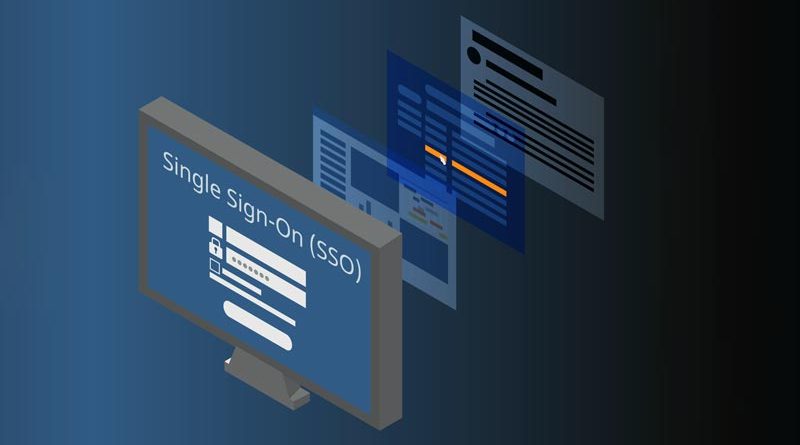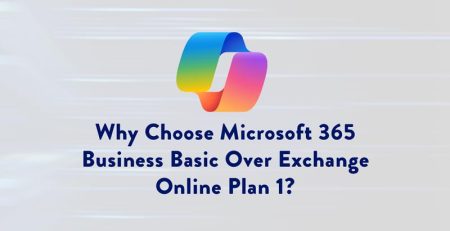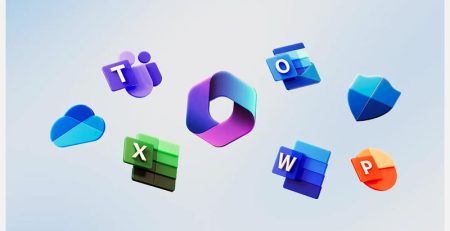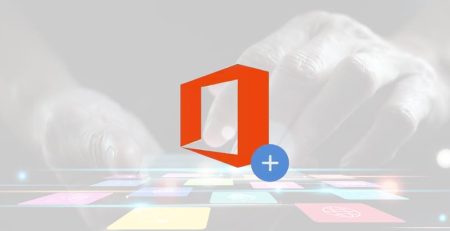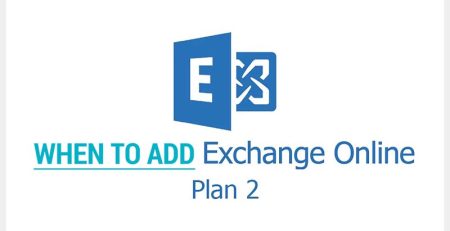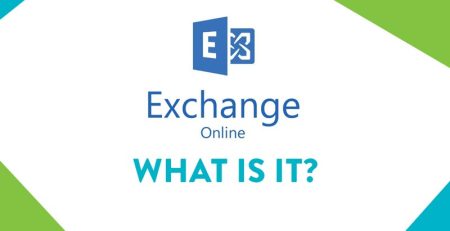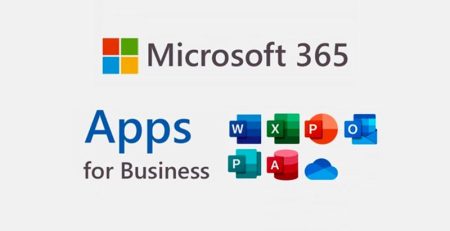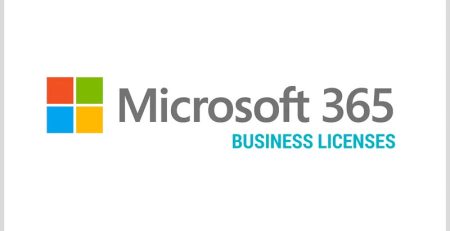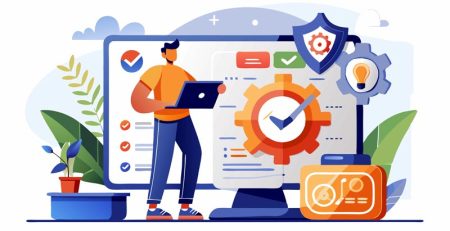What is Single Sign-on?
Single sign-on (SSO) is an authentication method that allows users to access multiple systems and applications with one set of login credentials. You can enter your login information once and access all the resources you need without having to enter your username and password each time. For example, when you use your Google account to log in to Gmail, you don’t have to log in again to access YouTube.
While it may seem like a security risk to create one key that can access multiple systems and applications, SSO can provide better security than traditional login methods, as it allows for more centralized control over user access and authentication. Additionally, people tend to create more secure passwords when they don’t have to use them as often.
Why is Single Sign-on Used?
Convenience is the No. 1 reason systems and applications offer SSO. It’s much easier to remember one password than it is to remember multiple passwords and more convenient to not be asked to prove who you are as often.
SSO is like showing your ID at a bar. When you arrive at the bar, a bouncer or bartender will check your ID to ensure you are at least 21 years old. You’re allowed to enter the bar and order drinks, and you no longer have to show your ID for the rest of the night.
Now, imagine if you had to show your ID each time you ordered a drink. You’d most likely be annoyed and frustrated if you had to prove you’re at least 21 to the same person when they already confirmed you were.
SSO attempts to cut down on unnecessary logins by authenticating you once so you are not required to “show your ID” multiple times.
What are Examples of Applications that Use Single Sign-on?
In the business world, Microsoft uses SSO with its Microsoft Office 365 suite so you can access its cloud applications (Word, Excel, PowerPoint, OneNote and Outlook) with one username and password, eliminating the need to enter your login information for each application.
As stated earlier, Google also uses SSO with its applications that include Gmail, YouTube, Google Drive, Google Meet and Google Wallet. You can log in to your Gmail account and access your files in Google Drive or view videos on YouTube without having to enter your username and password again.
“SSO is like showing your ID at a bar. When you arrive at the bar, a bouncer or bartender will check your ID to ensure you are at least 21 years old. You’re allowed to enter the bar and order drinks, and you no longer have to show your ID for the rest of the night.”
Some websites and applications even allow you to sign in to their website or application using your Google, Facebook, Twitter or Apple login credentials. This way, you don’t have to create another account with another password, but once you are logged in to Google, Facebook, Twitter or Apple, you are automatically authenticated by the service you used, allowing you to gain access to the website or application.
Is Single Sign-on Safe?
SSO generally is a secure authentication method, but it does come with risks. If the login credentials are compromised, then an attacker can access more than one single system or application.
However, because you limit the number of passwords you need to remember, you’re more likely to create a stronger password or not reuse a password you have used previously. With so many personal and business accounts, it’s common for people to use the same passwords or use easy-to-remember passwords that can be easily compromised. This password fatigue leads to weaker passwords being used.
Likewise, IT teams can help organizations enforce best practices for creating passwords to ensure that one password meets their standards.
In addition to creating a stronger password, you can implement another level of security by using two-factor authentication (2FA). Even if your username and password are compromised, an attacker also would need your second factor to access the systems or applications, such as a one-time code sent to a smartphone or a .
The two-factor prompt happens just one time, so you are not burdened with multiple 2FA prompts for each application you want to access.
Grand Rapids Managed Service Provider
Are you looking to increase security for your company’s network and data? Contact Hungerford Technologies to see how we can help keep your business running smoothly while increasing productivity, security and profitability.

